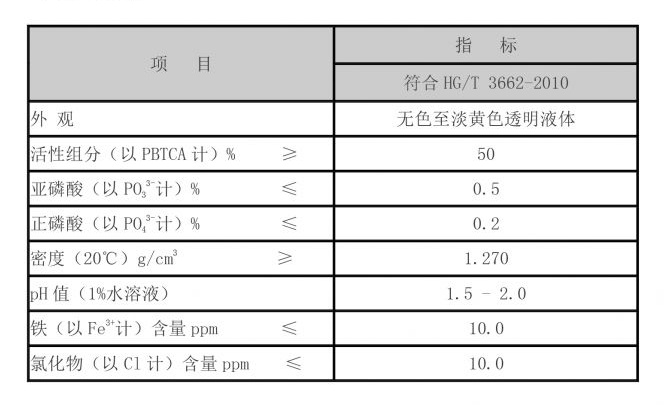Synthesis and Applications of Polyol Phosphate Esters in Modern Chemical Industries and Materials Science
Polyhydric Alcohol Phosphate Esters An Overview
Polyhydric alcohol phosphate esters, commonly referred to as phosphate esters, are a class of chemical compounds derived from the esterification of polyhydric alcohols with phosphoric acid or its derivatives. These compounds have garnered significant attention due to their unique chemical properties and diverse applications in various fields, including biochemistry, materials science, and industrial processes.
Chemical Structure and Properties
Polyhydric alcohols, such as glycerol, mannitol, and sorbitol, possess multiple hydroxyl (-OH) groups, which allow for the formation of esters with phosphoric acid. The resultant phosphate esters are characterized by the presence of both hydrophilic (water-attracting) and hydrophobic (water-repelling) regions, granting them amphiphilic properties. This unique structure enables the phosphate esters to act as effective surfactants and emulsifiers, making them valuable in a range of applications.
The solubility of polyhydric alcohol phosphate esters in water is influenced by the number and arrangement of hydroxyl groups, the length of the hydrocarbon tail, and the overall structure of the phosphate group. Generally, these esters exhibit a high degree of stability under various environmental conditions, including temperature fluctuations and pH changes, which further enhances their utility.
Applications in Various Fields
1. Biochemistry and Cell Biology Polyhydric alcohol phosphate esters play a crucial role in biological systems. They serve as key components of phospholipids in cellular membranes, facilitating membrane fluidity and permeability. These compounds are involved in cell signaling pathways, contributing to processes like cellular communication and metabolism.
polyhydric alcohol phosphate ester

2. Surfactants and Emulsifiers Due to their surfactant properties, polyhydric alcohol phosphate esters are widely used in the formulation of personal care products, such as lotions, creams, and shampoos. They help in stabilizing emulsions, improving texture, and enhancing the overall efficacy of the products. Additionally, they find applications in the food industry, where they act as emulsifiers and stabilizers for various food products.
3. Pharmaceutical Applications In the pharmaceutical industry, these compounds are utilized as drug delivery agents. Their ability to form nanoparticles can enhance the bioavailability of poorly soluble drugs, ensuring more effective therapeutic outcomes. Furthermore, polyhydric alcohol phosphate esters can improve the solubility and stability of active pharmaceutical ingredients (APIs), which is critical in drug formulation.
4. Materials Science Polyhydric alcohol phosphate esters are also employed in the development of advanced materials. They are utilized as plasticizers in polymers, improving flexibility and durability. Their flame-retardant properties make them valuable additives in various materials, offering enhanced safety features in consumer products.
Environmental Considerations
While polyhydric alcohol phosphate esters offer numerous benefits across various sectors, it is essential to consider their environmental impact. As with many synthetic compounds, there are concerns regarding their biodegradability and potential toxicity. Ongoing research focuses on developing greener synthesis methods and biodegradable alternatives to mitigate any adverse environmental effects while maintaining the functional properties of these esters.
Conclusion
In summary, polyhydric alcohol phosphate esters are versatile compounds with significant applications spanning biochemistry, cosmetics, pharmaceuticals, and materials science. Their unique chemical properties, particularly their amphiphilic nature, make them indispensable in various formulations and processes. As research continues to evolve, the future of these compounds looks promising, particularly in the context of sustainability and environmental stewardship. By balancing their beneficial properties with ecological considerations, the development and usage of polyhydric alcohol phosphate esters can be optimized for a more sustainable future.
-
The Power of Isothiazolinones in Modern ApplicationsNewsMay.08,2025
-
Flocculants in Water TreatmentNewsMay.08,2025
-
Flocculants and Chemical Solutions: What You Need to KnowNewsMay.08,2025
-
Flocculants and Chemical Solutions: A Growing IndustryNewsMay.08,2025
-
Essential Chemicals: Polymaleic Anhydride and MoreNewsMay.08,2025
-
Acrylic Polymers: Essential Solutions for IndustryNewsMay.08,2025





